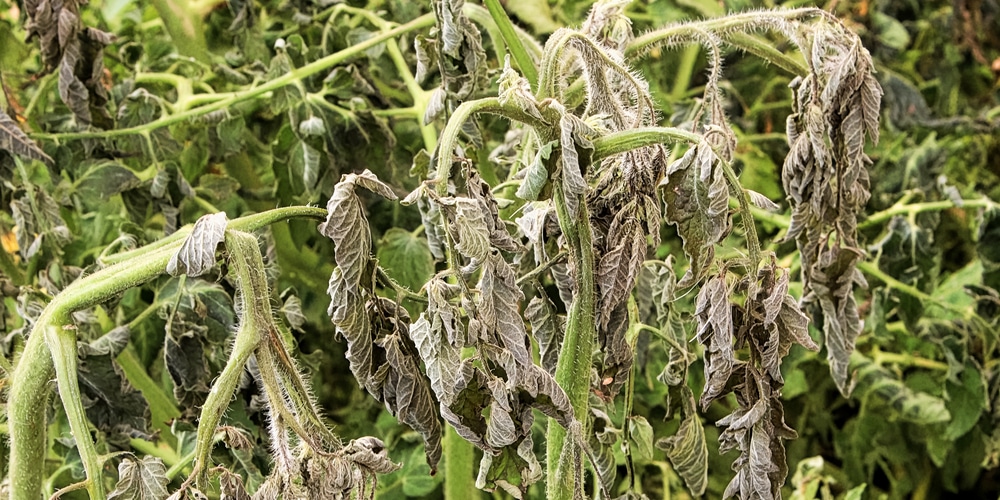Chill is a common problem in tomatoes. Newer varieties have been bred to be more resistant to the effects of cold temperatures, but most suffer when temperatures drop. In most cases, chilling problems can be prevented through proper care and plant selection, but they may still occur in late fall or early spring when temperatures drop below 50 degrees F during the night. Tomato plants can be successfully covered during cold weather to prevent this type of damage. Let’s look at when to cover tomatoes at night.
You want to cover the plants when temperatures are expected to be between 40 and 50 degrees F during the day and 20 to 30 degrees F at night.
When to cover tomatoes at night
Covering the plant at night with plastic has been shown to enhance fruit production by protecting against cold temperatures that may cause flower drop or damage to the plant’s leaves and fruit. You want to cover the plants when temperatures are expected to be between 40 and 50 degrees F during the day and 20 to 30 degrees F at night. If you expect low temperatures much lower than this, it’s best to harvest the fruit.
Tomatoes don’t like cold weather, although they can survive during short cold snaps. How badly affected your tomato plant is by the cold will also depend on wind chill, frost on the ground, and other environmental factors.
If you are growing bush varieties of tomatoes, consider covering the plants at night in the early fall. This will protect the developing tomatoes from cool weather and animals and increase your tomato yield. Alternatively, you can harvest your tomatoes.
Covering indeterminate varieties (vining tomatoes) may be beneficial once fruit starts to grow, but covering too early can cause problems with late-season pollination and fruit enlargement. If you cover too early, the plant may not get proper pollination. If this is a concern in your garden, you can hand pollinate.
In climates where cool weather continues well into the summer, you can cover your plants at night in the spring and even the summer until nighttime temperatures remain consistently above 60 degrees F for at least a week or more.
How to cover tomatoes at night
Tomato plants can be grown inside a cage covered with fabric or plastic. If a hard freeze is expected, remove the plastic and frame during the day. Then cover the cage after dark with plastic or fabric to help protect your tomato plants from cold temperatures. This allows you to create a micro-climate in which your tomato plants will thrive. You may like to add a thermometer to the cage so that you can monitor the temperature.
For extra heat, you can add some lighting or put a string of Christmas lights underneath the cover. This will provide a bit of extra warmth to the tomato plants. It’s also wise to ensure that your tomato plants are well looked after during the growing season. Plants that have been regularly watered and are generally healthy will be more likely to survive a cold snap.
It is important to keep in mind that when you are covering your tomatoes at night, it’s important to remove the covers during the day when temperatures are warmer.
This will allow the plants to get some much-needed sunlight. Using fabric or pest-proof mesh cloth which will allow more air circulation. Alternatively, you may like to grow your tomato plants in a greenhouse. This will keep them warm at night.
You can also put a layer of mulch around the bottom of your tomato plants to help keep the roots warmer during the night. Mulch also has the added benefit of keeping moisture in the soil.
Conclusion
To protect your tomatoes from cold weather, you can cover them with plastic or fabric at night when there are colder temperatures. As a general rule, it’s a good idea to cover your tomato plants if nighttime temperatures are expected to fall below 50 degrees Fahrenheit. This will help you to avoid blossom drop or fruit drop.
Be sure to remove covers during the day when temperatures are warmer. This allows sunlight to hit your plants and helps with fruit production. Plants that are left covered up for long periods of time will die as they need sunlight to thrive. Tomato plants that have been well cared for will be more likely to survive as the weather gets colder, so water your plants regularly throughout the growing season.
